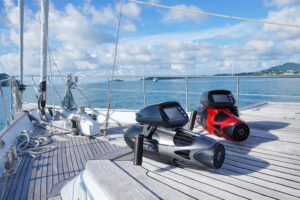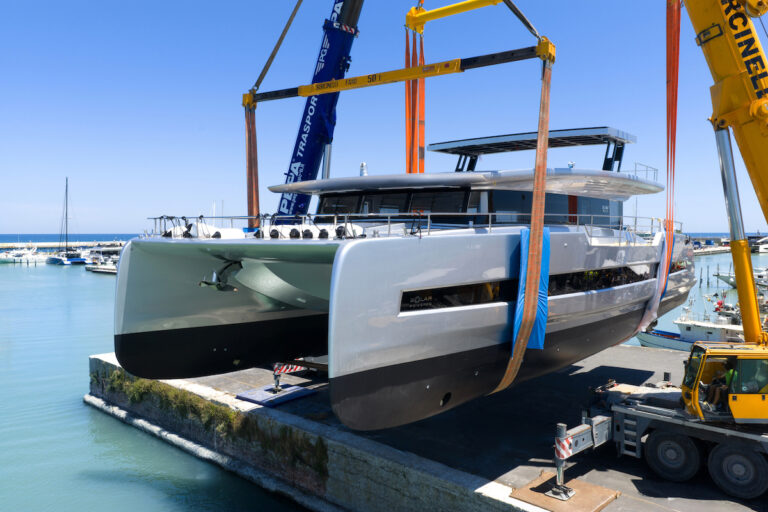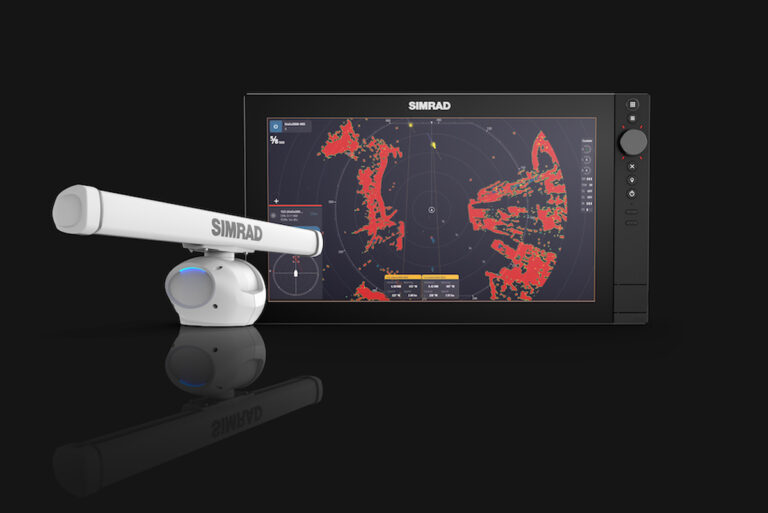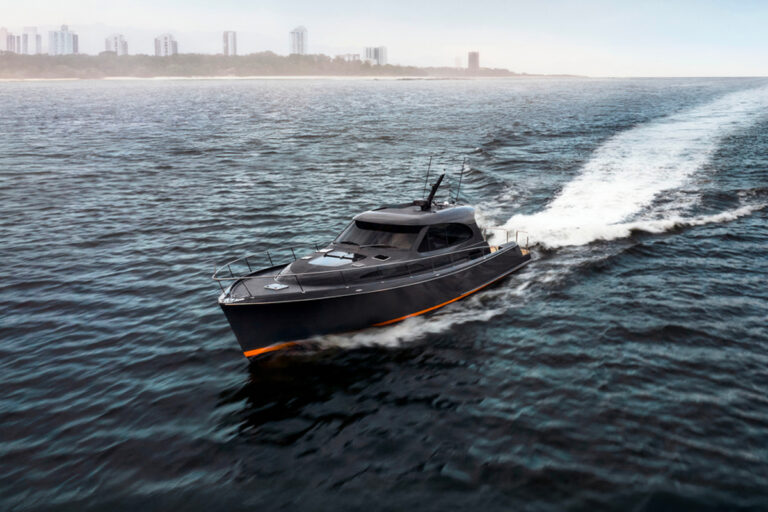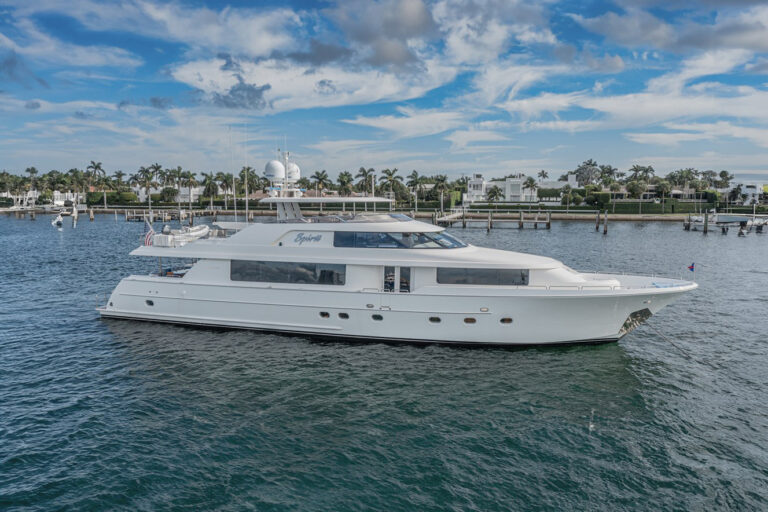
If you’ve been researching how to paint a boat, you’ve probably come to realize that choosing the best paint for each part of the boat can be challenging. But choose you must, and the critical factors to consider include:
· Where you use your boat
· Type of boat and whether hard or soft paint is appropriate
· Compatibility and application
Where You Use Your Boat: Bottom Paint Biocides
Bottom paint’s main job is to prevent marine growth on the boat’s bottom, and to accomplish this task they have biocides in them that prevent organic growth from taking hold. Cuprous oxide is the most common biocide and it’s quite good at its job. Generally speaking, the higher the concentration of copper in a bottom paint, the more effective it is at preventing growth. However, this stuff isn’t great for the environment. As a result, the strongest paints are usually used only when and where necessary, and are even banned altogether in some states. There are other, more environmentally-friendly biocides, including zinc omadine, zinc pyrithione, thiocyanate and Econea. However, these generally aren’t considered as effective as cuprous oxide over the long term.
Stopping barnacles and mussels from growing on your boat’s hull is one thing, but preventing a slimy coat of algae is another. In areas where a green “beard” of growth is common, you’ll need a paint that also includes an anti-slime agent. Often, this will come in the form of a photosynthesis-blocking agent like zinc pyrithione. Irgarol, which was previously favored for the task, is in the process of being phased out as the result of EPA study showing it could cause bleaching in coral, among other issues. You may still see it on the shelf today, but don’t expect it to be around forever.
So, how do you know which of these to choose? The biggest variable to consider is just what sort of growth appears on boats in your neck of the woods, and just how fast it appears. This can differ from region to region, and even harbor to harbor, depending on factors like local water quality, salinity, sunlight exposure levels and local currents. As a result, local knowledge is usually considered critical when it comes to choosing bottom paint. It’s best to ask around at area boatyards and marinas, which have likely tried multiple paints throughout the years, and find out which paints and biocides are the local favorites.
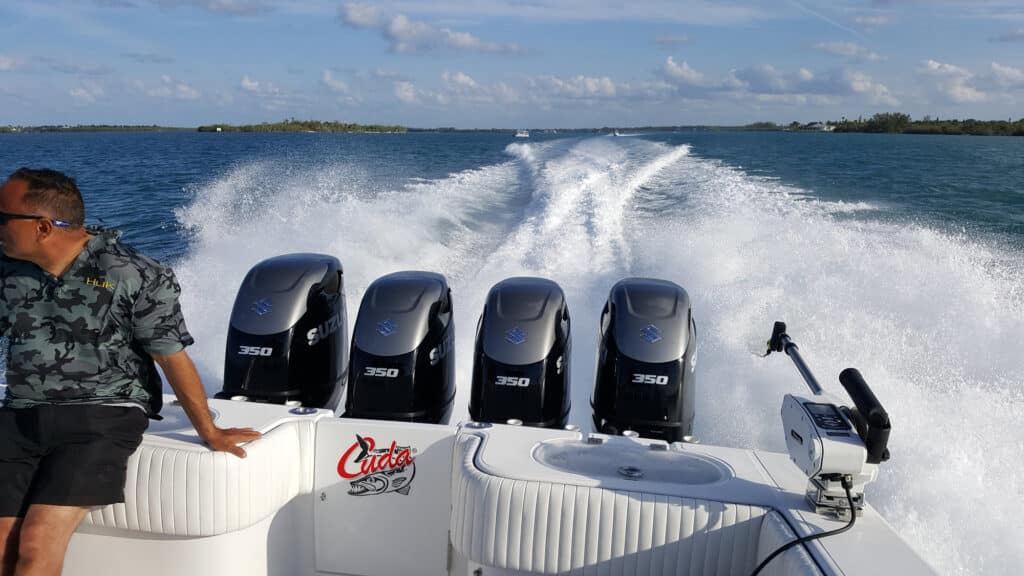
Boat Types and Hard or Soft Bottom Paint
Bottom paints can be broken down into two categories, hard and soft. Hard paints include epoxy or non-sloughing, and once these are painted onto the hull, they more or less remain as-is. Soft paints are ablative, which means they slowly wear away to expose new biocides with time and use. There are also hybrid paints that are semi-hard and semi-ablative.
Which one is best for your boat depends on how fast it cruises and how often you use it. Hard paints hold up much better to high speeds and regular use. If you have a boat that cruises at 40-plus mph and you use it on a weekly basis, a hard paint will almost certainly be the right pick. However, this stuff isn’t easy to remove and you can only apply on so many layers season after season, before you’ll have to resort to stripping the hull bottom and starting fresh.
If your boat isn’t a high-speed model, ablative paint, which wears away with time and use, may be more appropriate. True, it’s not as tough and can be worn or scraped away, but annual buildup is far less significant, the paint is much easier to remove if need be and with regular use of the boat, it’s always exposing new biocides. Note, however, that ablative paint isn’t a great choice for boats that may be trailered since the bunks can rub it right off of the hull. It may also lose effectiveness if the boat sits for long periods of time without use.
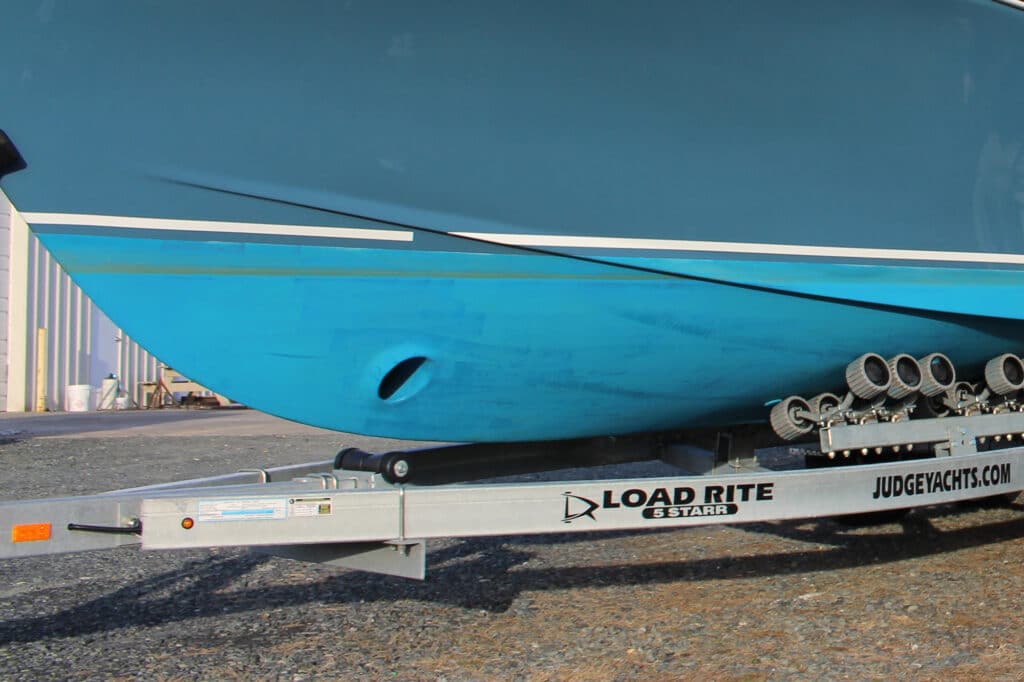
Bottom Paint Compatibility and Application
If your boat already has bottom paint on it, your choices may be restricted by compatibility issues. If you try to put a hard paint over an existing coat of soft paint, for example, the new paint will disappear in no time as the ablative wears away from underneath it. This isn’t an insurmountable problem (the old paint can be soda blasted or stripped away), but prior to application a whole different prep regime will be necessary. In some other cases, the paint may not cure properly if the boat is launched too soon or too long after the paint dries. And in yet others, a specific primer will need to be applied within a particular timeframe of the paint in order for it to be effective.
Each particular brand and type of paint is going to have different application requirements, and a careful reading of the label is in order. But do this reading before you choose the paint—not when you’re getting ready to apply it—because you need to make sure you can work within all the parameters and timeframes it specifies.
Make a good choice and you should enjoy foul-free boating all season long.




